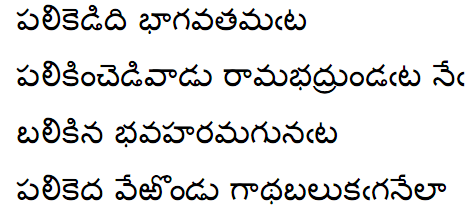Telugu Skanda Puranalu Mp3 4,3/5 4239votes

The Garuda Purana is one of the Vishnu Puranas. It is in the form of a dialog between Vishnu and Garuda, the King of Birds. The second section of this Purana (given here) deals with issues connected with death, particularly funeral rites and the metaphysics of reincarnation. Portions of the Garuda Purana are used by some Hindus as funeral liturgy. Indeed, some consider it unlucky to read this text except during funerals.
Of interest are the intermediate states between birth and rebirth, which roughly correspond to the western concepts of Hell and Heaven. Since this was written during the medieval era, it is possible that the writer of this text had contact with Christianity.
Earlier Hindu texts do not elaborate about 'hell' and 'heaven,' at least not to this extent, and the subject is completely absent in the oldest texts. Here, the torments of Hell are described in terms that would not be out of place in a Baptist revival tent (or Dante, for that matter). In addition, the four-square city of Yama, the God of Death, is reminiscent of the heavenly city in Revelation. However, these are way stations between incarnations (or, as termed in the Tibetan Book of the Dead, Bardos), not a permanent destination. The Garuda Purana starts with the details of the afterlife.
Greater Telugu Greater Telugu provides free Ebooks, MP3, Videos on Telugu literature, Short stories, Pravachanalu, Vrathalu, Purnalu & other bhakthi related material online. Puranalu / Telugu Puranalu PDF download links. FREE downloads online Telugu Astha dasa puranalu 18. Skanda puranam in Telugu. This evening I happened to find this website when I was searching for a meaning of a Telugu word. Great work from you both and the site is.
Following this is an account of funeral procedures, including rituals, the astrological timing of the post-death observances, and ritual gifts. Balancing the extended vision of Hell in the earlier part of the document is a shorter account of the City of Yama. After that is an enumeration of correspondences between the macrocosmos and the human body. The final part of this text is an appeal to self-knowledge as the key to liberation, going beyond austerities and study of the texts. 'The fool, not knowing that the truth is seated in himself, is bewildered by the Shastras,--a foolish goatherd, with the young goat under his arm, peers into the well.'
The Puranas are authoritative scriptures of the Hindu dharma. Vyasa, the narrator of the Mahabharata, is traditionally considered the compiler of the Puranas. He is Krishna-Dvaipayana, the son of Parasara.
It is believed that there were approximately 64 Puranas consisting of 18 Mahapuranas, 18 primary Upa Puranas and the rest secondary Upa Puranas. The date of the production of the written texts does not define the date of origin of the Puranas.
On one hand, they existed in some oral form before being written while at the same time, they have been incrementally modified well into the 16th century. These 18 Canonical Mahapuranas are divided into three groups of six, each named after a deity: Brahma, Vishnu and Shiva. Vaiṣṇava Puranas: Vishnu Purana, Bhagavata Purana, Naradeya Purana, Garuda Purana,, Vamana Purana, Matsya Purana, vayu purana. Brahma Puranas: Brahma Purana, Brahmanda Purana, Brahma Vaivarta Purana, Bhavishya Purana,Agni Purana, Padma Purana. Saiva Puranas: Shiva Purana, Linga Purana, Skanda Purana, Markandeya Purana, Varaha Purana, Kurma Purana, Bramha Vishnu Siva.
